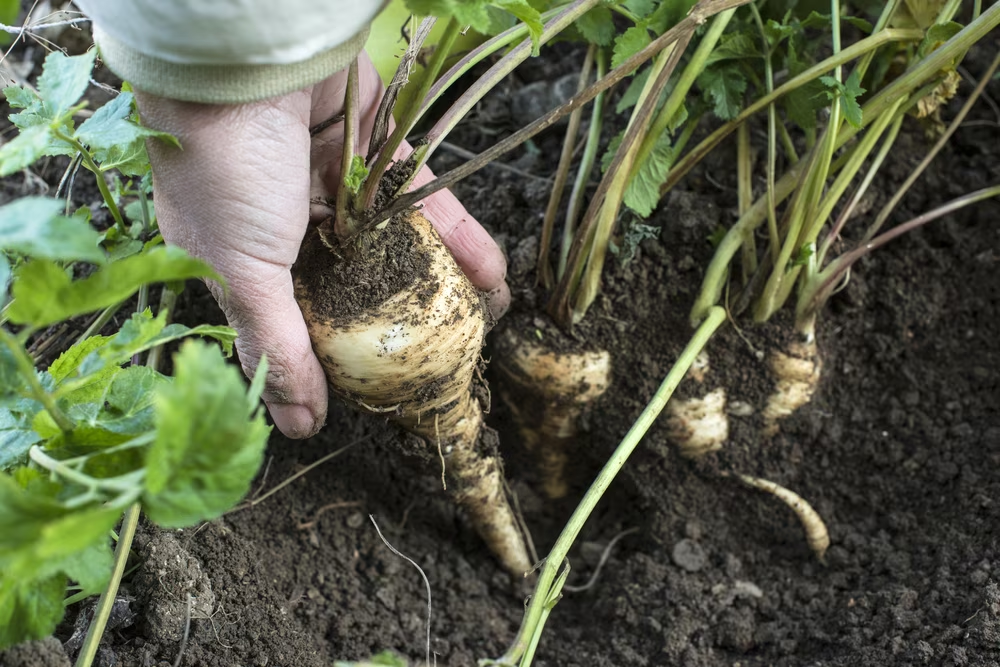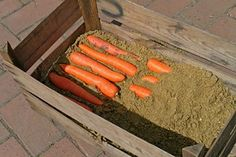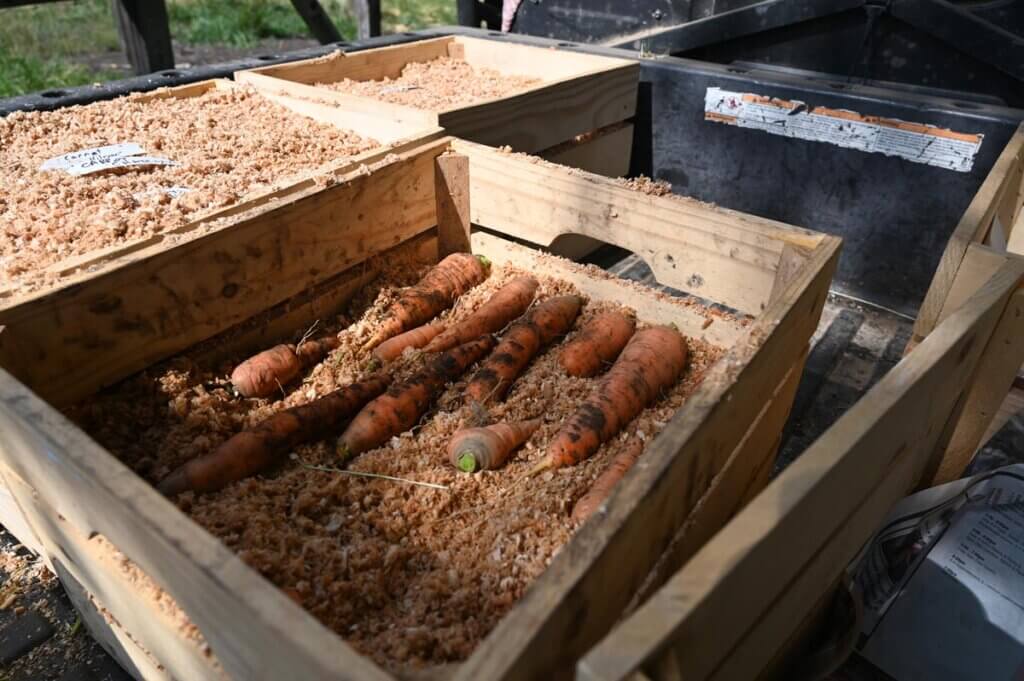As the gardening season shifts from planting to harvesting, it’s time to think about how to store root vegetables such as carrots, beets, parsnips, and turnips. Unlike summer vegetables that require immediate preservation, root crops are more patient and can be left in the ground until you’re ready to harvest them. This gives gardeners a break after the busy summer harvest.
Storing Root Vegetables in the Ground
Many gardeners choose to leave root vegetables in the soil until after the first frost. Frosts are believed to enhance the sweetness of certain roots, especially parsnips. While some gardeners notice this flavor difference, others, like myself, might not detect it. Regardless, leaving root crops in the ground can be practical, allowing you to focus on other tasks.
However, there are risks to keeping root vegetables in the soil too long. Pests such as slugs, rodents, and wireworms can invade the roots. Additionally, extreme weather—like frozen or waterlogged soil—can make harvesting difficult and lead to rotting roots. Use your best judgment to harvest them before these problems occur.

An Easier Alternative: Storing in Sand
While clamps (a traditional method for storing vegetables) are an option, they often attract pests and are labor-intensive to maintain. A more effective and simpler alternative is storing root vegetables in sand. Sand helps regulate humidity and provides a stable environment for the vegetables to last longer. If you don’t have sand available, sawdust, coir, or vermiculite can serve as substitutes.
How to Store Root Vegetables in Sand
- Harvesting: Choose a dry day to harvest, as dry soil makes it easier to dig up the roots. Leave them on the soil surface for a few hours to allow the root hairs to dry and the skins to toughen up. Do not wash the roots, but gently brush off excess soil and cut back the foliage just above the crown.
- Inspecting the Roots: Before storing, inspect each vegetable carefully. Roots with cuts or damage are more prone to rot. Use up any damaged roots immediately, as decay can quickly spread to healthy vegetables.
- Storage Containers: Wooden crates or sturdy cardboard boxes work well for storing. If you use plastic containers, make sure they have ventilation holes. Lay down a thin layer of damp sand at the bottom of the container, place a layer of vegetables on top, ensuring they don’t touch each other, then cover with another layer of sand. Repeat the process until the container is full, finishing with a layer of sand on top.
Finding the Right Storage Location
For best results, store your container in a rodent-free area, like a garage, shed, or unheated cellar. If you have access to a basement or root cellar, this would be an ideal spot. If space is tight, a broken fridge or freezer can work, as its insulation helps maintain a steady temperature. However, ensure you occasionally ventilate it by opening the door or adding bottles of warm water during very cold weather.

Climate Control for Stored Roots
Root vegetables need a controlled environment to stay fresh. The storage area should maintain a temperature slightly above freezing, and humidity should be moderate. Too much moisture can lead to rotting, while too little can cause the vegetables to dry out and shrivel. A well-insulated space, like a partitioned section in a shed, can help mitigate temperature fluctuations. You can also place your root storage boxes on wooden planks or blocks to regulate temperatures.
Ongoing Care
Check on your stored root vegetables every week or two to ensure they are in good condition. Remove any that show signs of rot. If you notice that the roots are sprouting, the temperature is too warm, and you may need to improve ventilation. On the other hand, if the roots appear to be drying out, lightly mist the sand to rehydrate it.
With proper storage conditions, you can enjoy fresh, homegrown root vegetables throughout the winter months. By carefully monitoring temperature, humidity, and ventilation, your vegetables will stay firm, healthy, and ready to eat for months to come.
